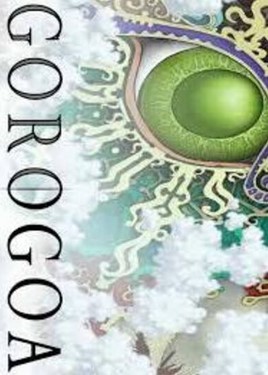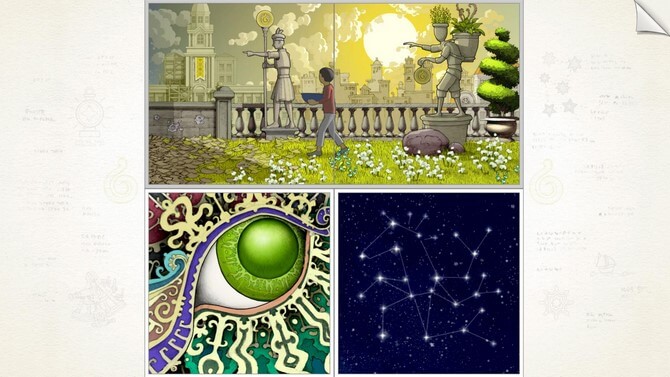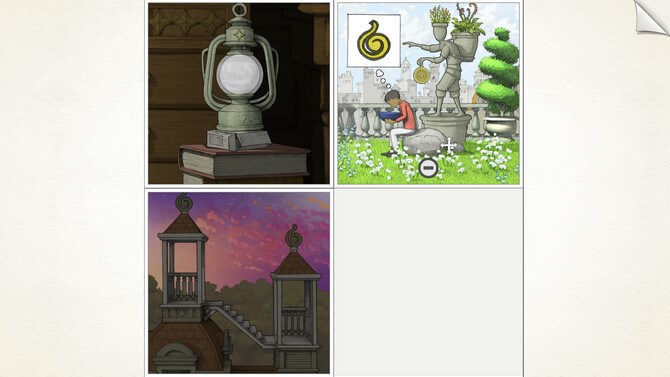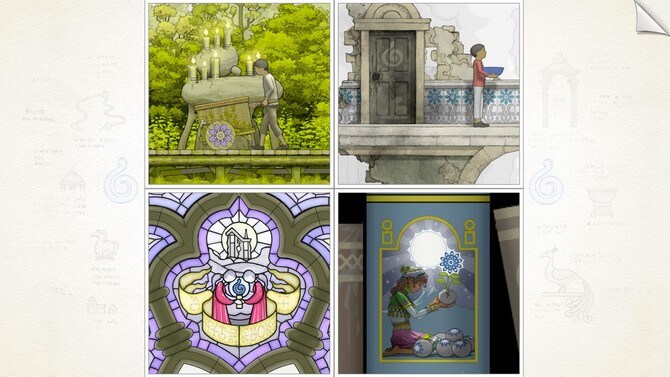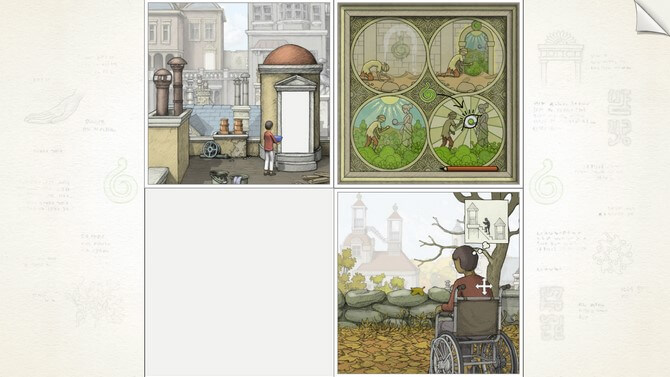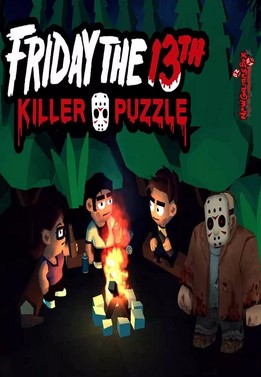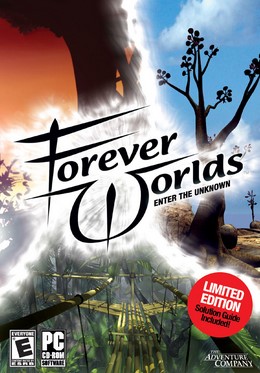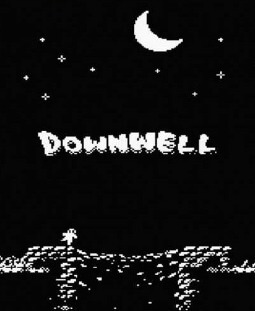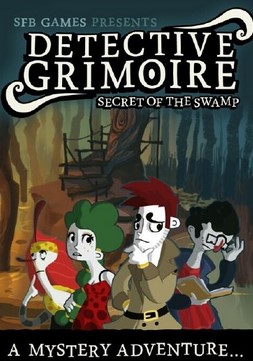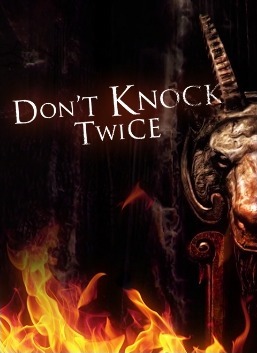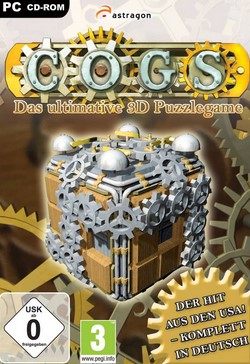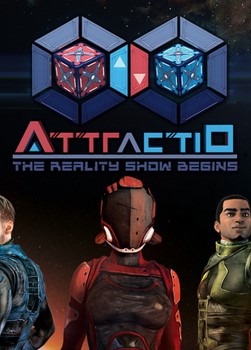Gorogoa is a puzzle video game developed by Jason Roberts and published by Annapurna Interactive. The game was released for Microsoft Windows, Nintendo Switch, and iOS on 14 December 2017, PlayStation 4 and Xbox One in March 2018, and shortly thereafter an Android and Kindle Fire release.
Gorogoa has the player manipulate images placed in a two-by-two grid, exploring within each image as well as placing or stacking images relative to others, to solve puzzles. Through the puzzles, the player guides a boy as they encounter a strange monster among a landscape that becomes war-ravaged and then rebuilt, with the boy growing older and ends up an old man reflecting on his past. The game, solely developed by Roberts, started as a failed attempt at an interactive graphics novel, and took nearly six years to complete.
Gameplay
In Gorogoa players are presented with up to four images in a two-by-two grid. Most images can be manipulated on their own, such as zooming in or out from the image, or panning across the image. The player can also move the image to any of the other grid spaces. In some cases, the image presents a hole such as a doorway, so when moved onto a different image, the moved image becomes a mask to cover the existing image, creating a new image. Through this method, the player must stack, combine, and explore each image to find a connection between them in order to advance and open new areas. Players are not guided through the process, as the game contains no language, and must work out what they need to do to finish each level, though when the player has successfully completed a connection, the images will briefly animate on their own, showcasing their result to the player.
The plot involves a boy seeking an encounter with a divine monster, exploring themes of spirituality and religion. The scenes in the game follow periods of time in the 20th century, including peace, war, and rebuilding, and the life of the boy as a survivor of war, living through the rebuilding, and then reflecting on his past as an old man.
Development
Jason Roberts began development of a card game inspired by interactive comics in his spare time while working full-time, but later decided the style was too complex. Roberts considered writing a graphic novel, but following the success of indie games such as Braid, he realised he could combine his love of art and interactive video games, despite knowing very little about how to develop them. Development on the game began in 2011, with Roberts quitting his full-time job to focus on the game. Originally planned for release in 2013, Roberts ran out of money two years after starting development. He was able to fund his work for another year through investment from Indie Fund, and in December 2016 Annapurna Pictures announced that it would begin publishing games as Annapurna Interactive, with Gorogoa being one of its first published games.
Roberts adopted the title Gorogoa from a name he invented for an imaginary creature in his youth. He chose it for the game because it was not part of any existing language; wanting the game to be accessible to anyone, regardless of language, and therefore also choosing not to add any to the game.
Gorogoa was originally written in a custom-built game engine created by Roberts in Java, but it was ultimately ported to the Unity game engine so that it could be more easily distributed on multiple platforms, including the Nintendo Switch. All illustrations are hand drawn by Roberts. Roberts cites David Roberts, Gustave Doré, Christopher Manson, and Chris Ware as influences to his art style. Roberts also stated that his was indirectly influenced by Byzantine art, due to travels to Istanbul and other similar locations. Roberts found such two-dimensional art challenged him of how to explore that within three dimensional spaces within his puzzles. Further, it helped to suggest a world with a similar history to the real world. The game's audio, for the first few years of development, was composed by Austin Wintory, until Roberts decided he wanted a different style and instead hired Joel Corelitz, who also composed the audio for 2012 video game The Unfinished Swan. Eduardo Ortiz Frau is the game's sound designer. The score is a composite of audio from each panel currently viewed by the player.
